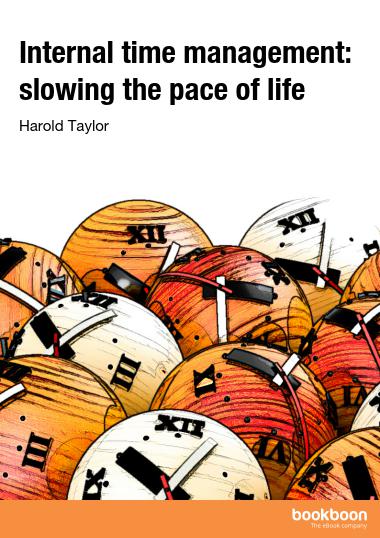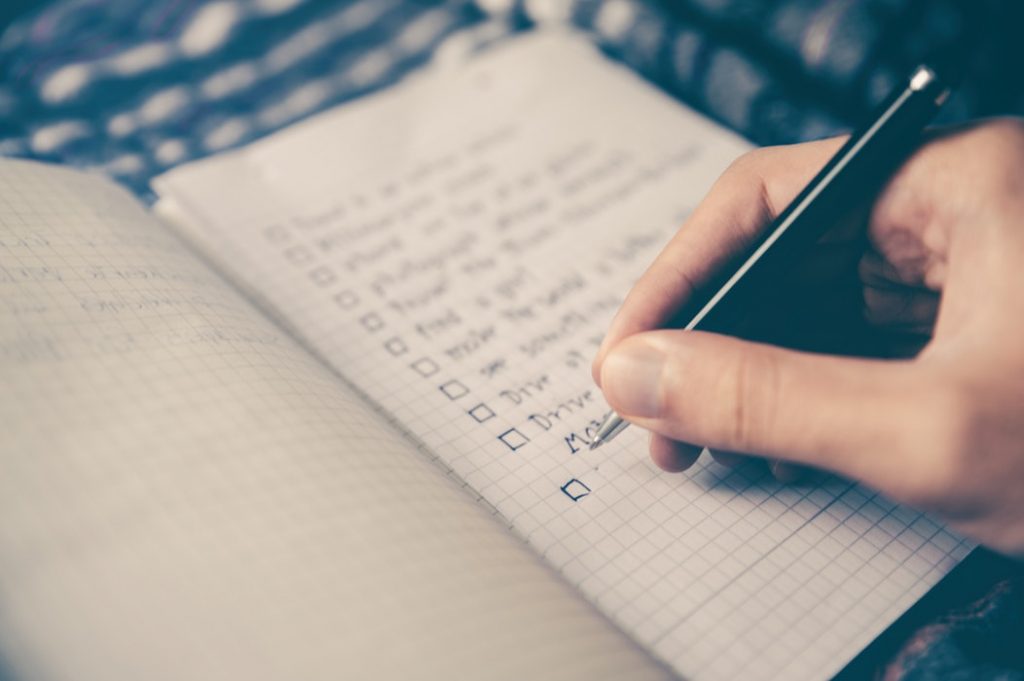Internal Time Management: Using Your Natural Body Rhythms to Increase Your Effectiveness

Overlooked in most traditional time management workshops are the strategies that take advantage of the internal workings of our body and brain, which I refer to as internal time management. For example, working in sync with your biological clock makes life easier and allows you to accomplish more with less effort.
Productivity begins with sleep
When we sleep, we do so in approximately 90-minute cycles throughout the night, each cycle consisting of five stages – four stages of non-REM sleep and one stage of REM sleep. The first REM stage begins about 90 minutes into sleep and then the cycle begins again about every 90 minutes until you wake up.
What most people don’t realize is that these 90-minute “sleep cycles” run through the entire day. These cycles become waves of high and low energy and are referred to as ultradian rhythms. Our internal clocks are critical to our personal performance as well as to our health and well-being. Our body has many internal “clocks,” each operating independently but in constant communication with one another.
Ride the waves of high energy
In a few of my books and articles and all of my seminars, I talk about scheduling projects in 90-minute modules of time. I have always been more productive working in ninety-minute segments of time, but I didn’t know why – except that it was the longest I could work without getting tired and constantly interrupting myself. I discovered only a few years ago that ultradian waves of high and low energy had actually been identified.
But this strategy is not new. One study of young violinists back in 1993 revealed that the best violinists all practiced the same way – in the morning in three segments of no more than 90 minutes with a break between each segment. The same thing was noticed among other musicians as well as athletes, chess players and writers.
Try 90-minute work sessions
I recommend that people find their high energy time in the morning and start working on their top priority for about 90 minutes. Then take a break of about 15 minutes before starting the next task or project. Following the second 90-minute work session there should be a break of about an hour before resuming. (This could be lunch and a brief walk.) It might take time to get into the right pattern. You have to listen to your body to determine the best start time and the actual duration of your high-energy cycle.




